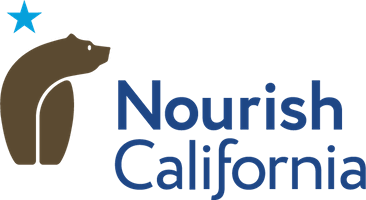6.25.2012 A recent analysis from The Public Health Advocacy Institute (PHAI) found that, on average, a cold beverage machine housed indoors on school property has an annual energy cost of $313. In California, the average cost to power one indoor, beverage vending machine is much higher ─ $424 per year. Beverage vending machines located outdoors would incur much higher energy costs.
Check out PHAI’s “The Hidden Energy Costs of School Beverage Vending Machines” link
While beverage vending machines are intended to raise funds, it is unclear whether the revenue made through this avenue is significant enough to merit the cost of running the machine. “The electricity cost required to operate cold beverage vending machines,” according to PHAI, can “amount to a significant hidden expense for schools that should be subcontracted from school beverage vending revenue and taken into consideration when deciding whether or not to renew a beverage vending contract.” Unless specified in a contractual provision, schools are usually responsible for energy costs incurred by vending machines.
To put things in perspective, a school in California can use the same $424 to invest in a quality hydration station that can provide students with free, fresh drinking water. Providing free, fresh drinking water to students in food service areas is not only a state law (SB 1413), but also a national requirement thanks to the Healthy, Hunger Free Kids Act of 2010. Hydration stations come in all shapes and sizes (from Igloo jugs with individual paper cups to state-of-the-art water bottle refilling stations), but there are many simple and inexpensive options that fall well under the $424 price range.
For examples of simple and inexpensive water delivery solutions, click here
Is your beverage vending machine running you dry?
PHAI suggests that schools should consider phasing out vending machines altogether or, if a contract is renewed, to at least reduce the number of machines on school property and to ask the beverage company to pay the electricity cost. The first option is the most sensible one since vending machines undermine school nutrition by competing with the school meals program which follows much stricter nutritional guidelines than the foods and beverages sold in school vending machines. Although, the American Beverage Association, under its new School Beverage Guidelines, has indicated that it is shifting its beverage mix in schools across the country by providing more water options, portion-controlled sports drinks, diet drinks and 100% percent juices, the fact is that plain water and unflavored fat free and 1% milk remain the healthiest options. And best of all, students don’t have to pay for water during meal times, under SB 1413 and the HHFKA. Milk, too, is an affordable beverage option at school — either provided as part of school breakfast or school lunch or purchased for a nominal fee from food services.
For more information on water in schools, click here



